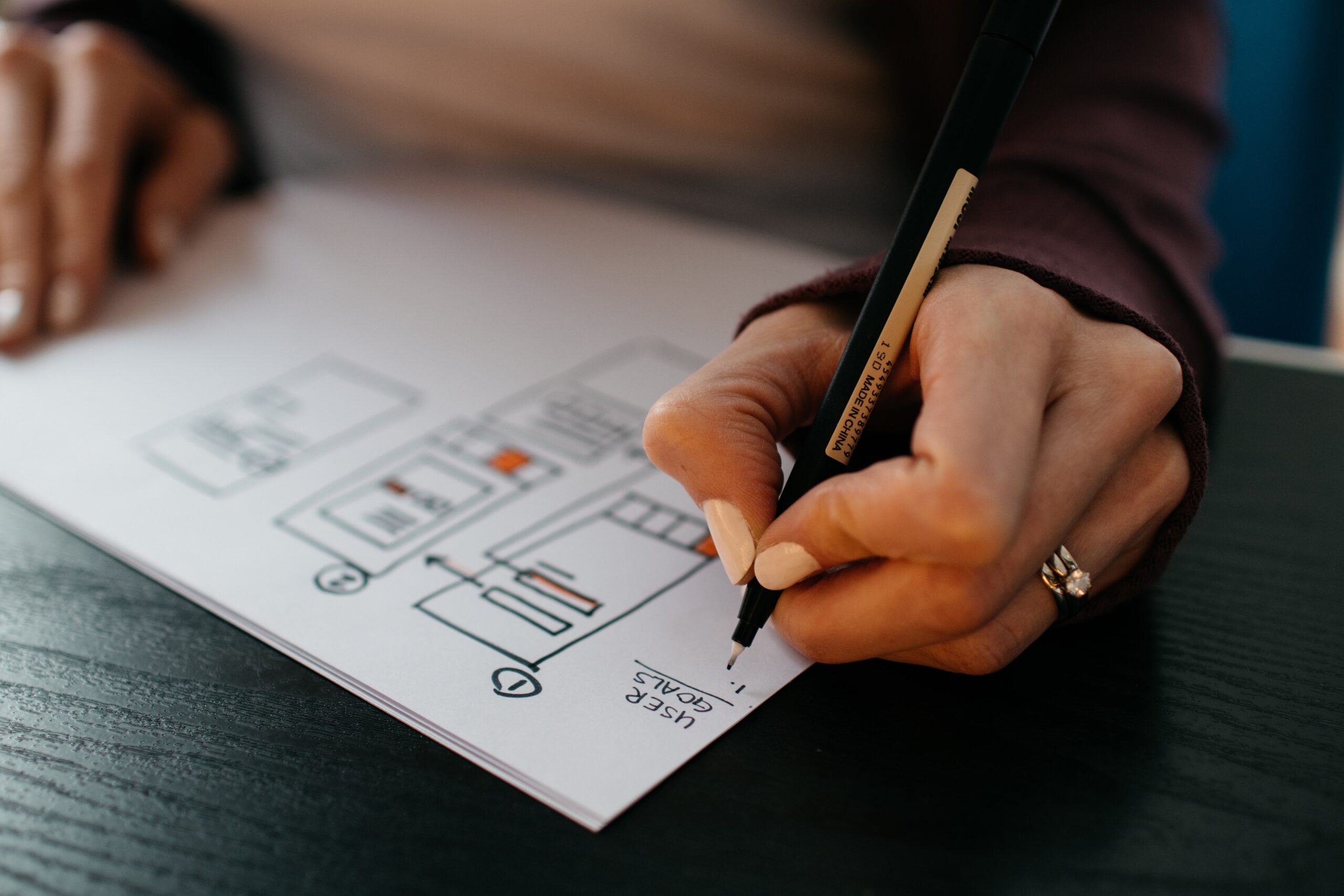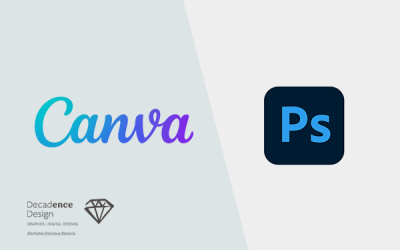Not all press is good press when you realise that your company is in the news for branding or design mistakes!
A slip up would bring attention to your brand…of the negative kind. Brands require customer confidence, not notoriety.
In design, every day is a learning curve. Consumer preferences, social media algorithms and technology are ever-changing.
Here are some design mistakes that you might be making now which are costing you your audience.
1. Designing a product You like
When starting out a design project, you might be easily tempted to fall into a hidden pit hole: Designing your dream product.
Contrary to what you might think, do not design the product for yourself, but for your potential (or existing) customer base.
This does not mean to completely shun your own creative juices which are not customer oriented, but customer satisfaction should be the number one objective when conceptualising a product. This is because when restricting your perspective to what you want as a designer, you fail to consider whether the product would be deemed attractive or useful to your clientele.
Take it as how a baker takes an order from a customer, making the cake base according to the customer’s specifications while adding their personal touch when icing the cake.
Your personal design tastes should only act as an embellishment, not the foundation of the design. A client’s needs and wants are the cornerstone of a good design. Thus, begin the design with the customer’s likes in mind, not yours.
2. Lack of visual stimulation
When starting a design, perhaps you might have a list of information that needs to be conveyed to a customer (potential or otherwise).
One of the fastest ways to turn your audience off is to be extremely wordy in designs that should rely on the power of visual stimulation. This is especially true in the case of infographic and presentation design.
Such designs should be backed by strategic product presentation and visual cues to evoke emotion or send subliminal cues to the audience. In fact, the renowned chocolate company Toblerone has a hidden bear in their logo, on the mountain behind its iconic line of text, conveying a valuable nugget of information.
Similarly you might choose to hide such “easter eggs” in your design to interact and engage audiences, effectively replacing many lines of text on your webpage or infographic that would drive the audience away.
3. Failure to double check: Hidden cues
A graphic designer’s ability to design must be bolstered by their ability to “proofread” designs.
Many gag websites boast articles chock full of graphic designers who fail to catch a secondary meaning in their designs and expose it to the public before realising their mistake. Before sending the design to the clientele, regardless of which stage of production the design is in, be sure to scan the design thoroughly for any unwanted offensive visual or textual references. Thoroughly research and cross reference any visual symbolism, especially if it is affiliated to a cultural or religious identity.
4. Failure to double check: Typos, grammar and punctuation
In a similar vein, getting a second pair of eyes to proofread the design is almost always necessary.
Spelling errors, grammar and even a simple comma might do more harm to your design or brand’s image than you might imagine.
A design can only be successful if it’s thoroughly checked.
5. Think outside the box
This classic phrase might seem like a cliché. However, do not write it off!
When designing a product, you might subconsciously slip back into tried and tested design trends and choose to update or add onto it. Take care to not be lulled by the sense of security when taking older designs as a base for newer projects.
Instead, view every project with a fresh lens, with a different concept or aim you have decided to convey. Alternate methods of product presentation. The most important thing is to take the project on with a renewed perspective.
Often, seasoned designers with more experience might not adopt the stance of a fresh eye when viewing projects which are similar to ones they have designed before. Avoiding this mistake would allow you to continue the design of fresh, timeless products.
6. The design doesn’t “look” right
What might be anatomically accurate or scientifically feasible should not be firmly adhered to in the realm of design.
The customer’s perception of the design might be that it’s impossible and “wrong”, thus ridiculing or avoiding the product. An example would be the poster for the movie Ready Player One, which hit the theaters in March 2018.
Scientists proved that the photo was anatomically accurate despite it getting flak from theater-goers and the public. This shows how failure to understand how something as simple as an odd camera angle would mar the image of the movie itself.
A professional and experienced graphic designer should be able to anticipate potential issues a client may perceive within a design and be quick to fix it.
7. Inconsistent Fonts: Typography
The use of digital media to design and advertise has become a norm.
More than ever, there’s a need to be mindful of blunders in typography. A significant faux pas in the design industry lies heavily within typography. Whether a logo or an advertisement, not only does the content matter but how the text is presented is a hidden cornerstone of design.
Using an inconsistent font is a sure-fire way to confuse and frustrate your audience.
A streamlined and clear set of words with a consistent font would not only encourage audience interaction, but also serve to build up brand image.
For example, huge corporations such as McDonalds and KFC use iconic and simple fonts that are easy for customers to interpret and even familiarise themselves with.
8. Misuse of kerning in text
A lack of proper spacing between text or even an excess of such spacing would be a gateway for more error down the line. Messages or catchphrases would be easily misconstrued and hamper customers from effectively learning about your product.
9. Overthinking design
We know we’re telling you not to overthink after presenting 8 design mistakes out of countless others. But just like all forms of communication and storytelling, it’s important to trust your instincts and not limit yourself to the form.
Relax and let your creative juices flow to prevent a lack of inspiration. Only then can your design take flight.





